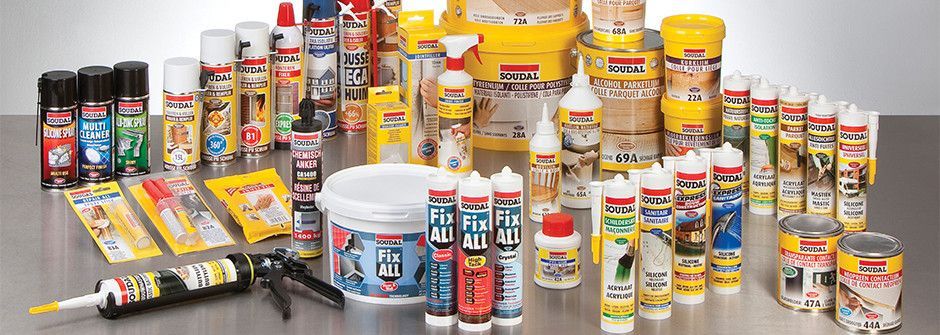Due to the technologies and raw materials used by various paint and varnish manufacturers, it is recommended to perform a test on a small amount of paint or varnish. The colors achieved depend on the type and quality of the tinted product. The absorbency, type and structure of the substrate, as well as the environment and lighting conditions can influence the final colour. White solvents. When coloring white solvent paints and lacquers, it is possible to make only light pastel shades (white alkyd paint + black pigment gives a dark gray shade, no black, with a maximum addition of 10%). This phenomenon is caused by the very high content of titanium dioxide in such paints. For painting dark shades, we recommend using ready-made colorful alkyd paints or coloring them with SeaStone pigments to enhance the shade. To get dark tones, you can try using colorful paint in the pastel shade, for example sand or beige paint as a base for coloring with SeaStone Pigment.Transparent varnishes. All colors are applicable. Colorful lacquer emphasizes the wood grain. The pigment should be added in small amounts. Some high-gloss paints may discolour. Application in polyurethane lacquers requires color tests. Raw wood, unglazed ceramics. SeaStone Pigment does not contain binders (resins) and must therefore be added to paints or varnishes. Direct application is possible when coloring raw wood or plywood, for example, and then it results in the transparent tint that deepens the grain pattern. SeaStone Pigment can be used for painting burnt unglazed ceramics. Apply pigment dilute in water to achieve the desired color intensity. After dilution, the pigment is not suitable for storage. A product colored in this way must be secured with a layer of transparent lacquer. Plaster. May be colored in its entirety. Joint mortar. We do not recommend the use of SeaStone Pigment for grout due to possible problems in obtaining a uniform colour. Color tests must be performed. Products cured with a chemical curing process (two component, epoxy and polyurethane) are not recommended to be mixed with SeaStone Pigment.







